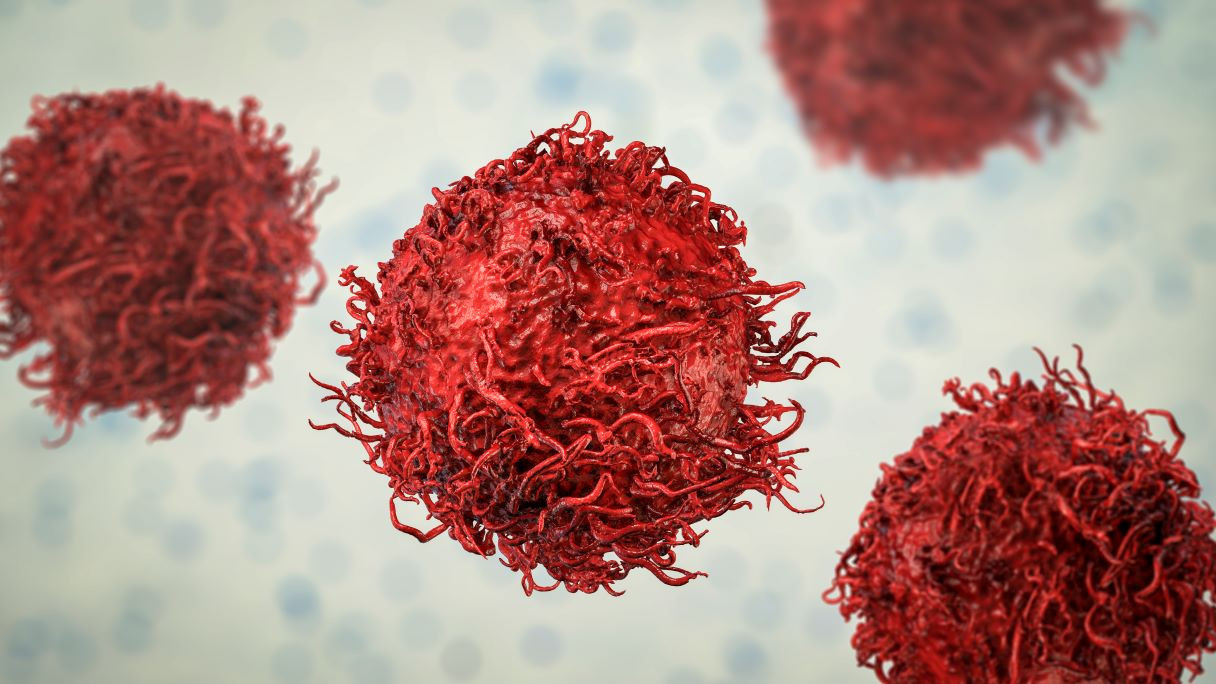Andrew Hendifar, MD, medical director of the Gastrointestinal Oncology Disease Research Group at Cedars-Sinai Cancer, is a physician-scientist who treats patients with cancers of the digestive tract and other abdominal organs and works to develop new therapies for these patients.
In advance of the fifth annual Cedars-Sinai Gastrointestinal Tumor Conference, an event for healthcare professionals seeking updates on the most recent advances in these therapies, Hendifar sat down with the Cedars-Sinai Newsroom to discuss the challenges and latest advances in treating this group of cancers.
What has changed about the way we diagnose gastrointestinal (GI) tumors?
We used to diagnose these tumors based on their approximate location and a review of the tissue under a microscope. Now we use molecular profiling. These tests look at the makeup of the tumor’s genes and protein expression through a biopsy or blood specimen. This helps us understand the biological underpinnings of the specific tumor. Molecular profiling is especially important in GI tumors because these tumors—liver, gastric, pancreatic, small bowel, colon—look similar and are often located in the same area.
Without molecular testing, it might not be possible to tell that you’re dealing with a bile duct tumor rather than a liver cancer or a pancreatic cancer. The bile ducts travel through the liver, so a bile duct mass could be in the same position as a liver cancer, but the cellular makeup is quite different and the treatments they require are worlds apart.
We’re also using advanced imaging techniques that employ artificial intelligence to discern subtle pancreatic masses that might be invisible to the human eye, and special MRI sequences that can detect pancreas cancer at an earlier stage. Imaging can also tell us whether treatments are working and predict what a patient’s outcomes could be. Furthermore, we are working to develop blood and urine tests for early pancreas cancer detection.
How is treatment of GI tumors changing?
When I started treating patients 15 years ago, the only treatments available were a couple of different IV chemotherapies. Now, thanks to new diagnostic tools and more targeted forms of treatment, we can often turn a patient’s life around, and that’s actually the best feeling in the world.
Immune therapy has been such a breath of fresh air. Treatment involves just an hourlong infusion with minimal side effects, so we no longer have to worry about whether a patient can tolerate the treatment. I have so many patients who are alive and well receiving immune therapy, who otherwise wouldn’t have made it. Through our continuing work to develop new biomarkers, we are able to pair more of our patients with immune therapy. And these biomarkers go across tumor boundaries, so we no longer need to think about the site of origin. If your tumor has the right biomarker, we can pair you with the right form of treatment.
At ASCO GI 2024 we presented a study comparing patients with localized liver cancer who received local therapy alone with those who received local therapy and immune therapy in combination. For patients receiving the combination therapy, progression-free survival was twice as long, so this has become the new standard of care.
There are also a lot of new antibody drug conjugates that are working their way through the pipelines, including options for various types of GI tumors. Antibody drug conjugates deliver chemotherapy directly to tumor cells by binding to specific proteins on the surface of the cells. This allows us to target the cancer without targeting healthy tissue. If we can identify the right protein on a patient’s tumor cells, we can use antibody drug conjugates to deliver very effective treatment.
What are some of the more challenging tumors to treat?
Bile duct tumors need more attention. They are often lumped in with pancreatic cancer but are completely different. And they are difficult to diagnose without advanced endoscopy.
We’re doing a lot of research to identify bile duct tumor biomarkers that help us pair patients with targeted therapy, especially antibody drug conjugates, to improve outcomes. There are many clinical trials now open for these therapies, and many patients do incredibly well.
What is the next frontier for GI tumor research?
The Molecular Twin Precision Oncology Platform, a unique precision medicine and AI tool developed at Cedars-Sinai, was validated on patients with pancreatic cancer and used to identify biomarkers that outperformed the current standard test for predicting patient survival. The platform has expanded to include all cancers, and we have enrolled at least 500 patients with GI cancers. All of my patients are enrolled and are contributing quite a bit to this project.
What topics will be covered at the upcoming conference, and what makes the event unique?
We are always thinking about the future of cancer treatment rather than about what’s currently available. We will be highlighting new technologies to detect and treat cancer, and will focus on using social media platforms to enhance the practice of medicine.
Read more on the Cedars-Sinai Blog: Pancreatic Cancer Clinic Saves Time and Lives



